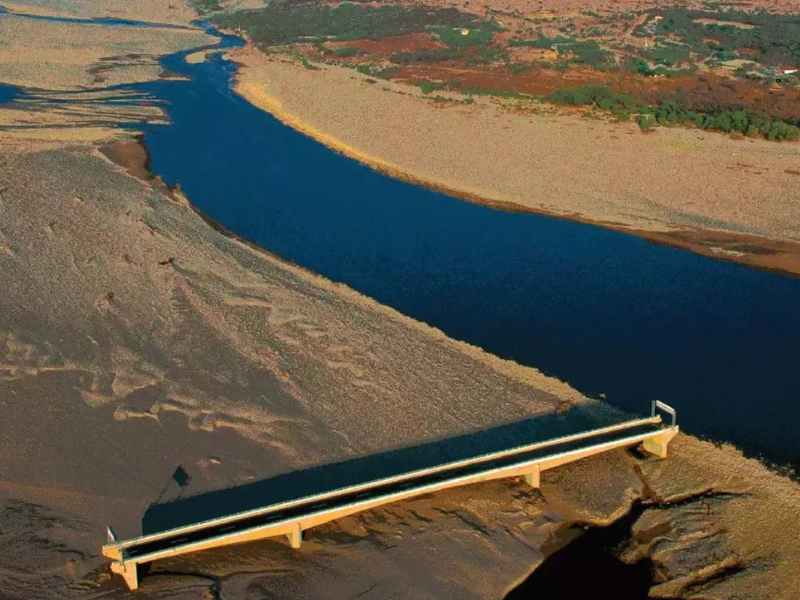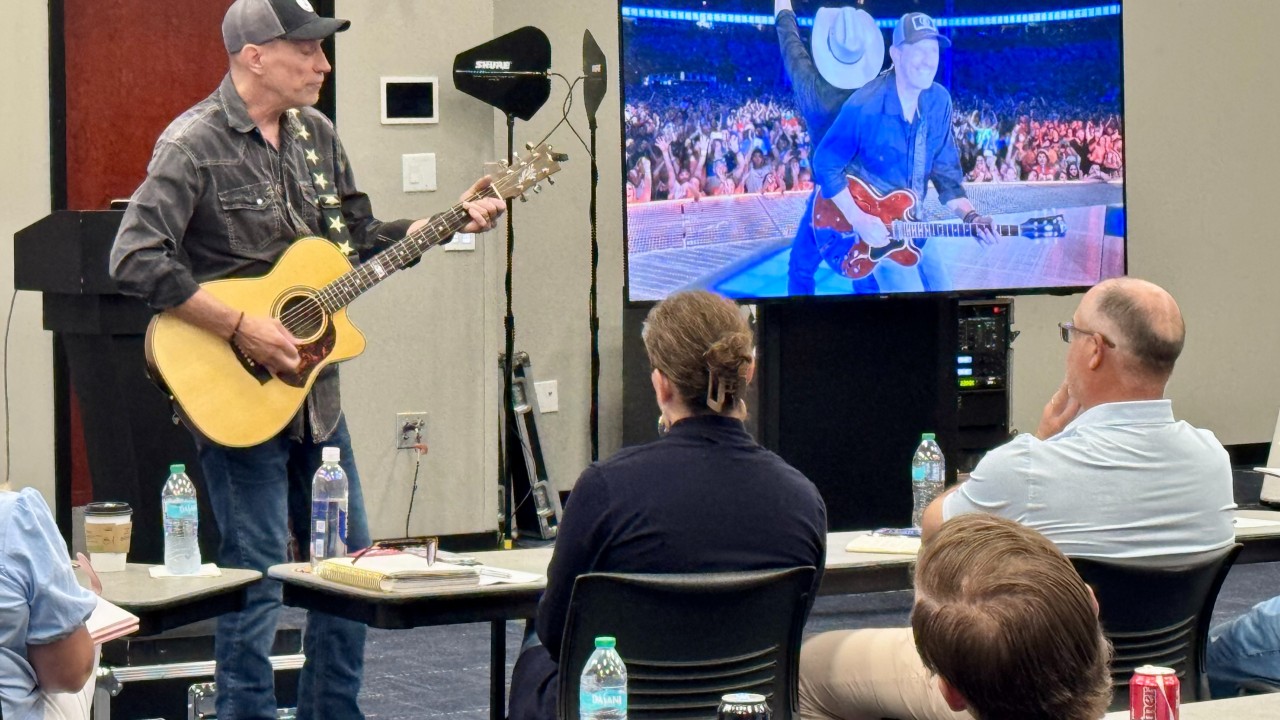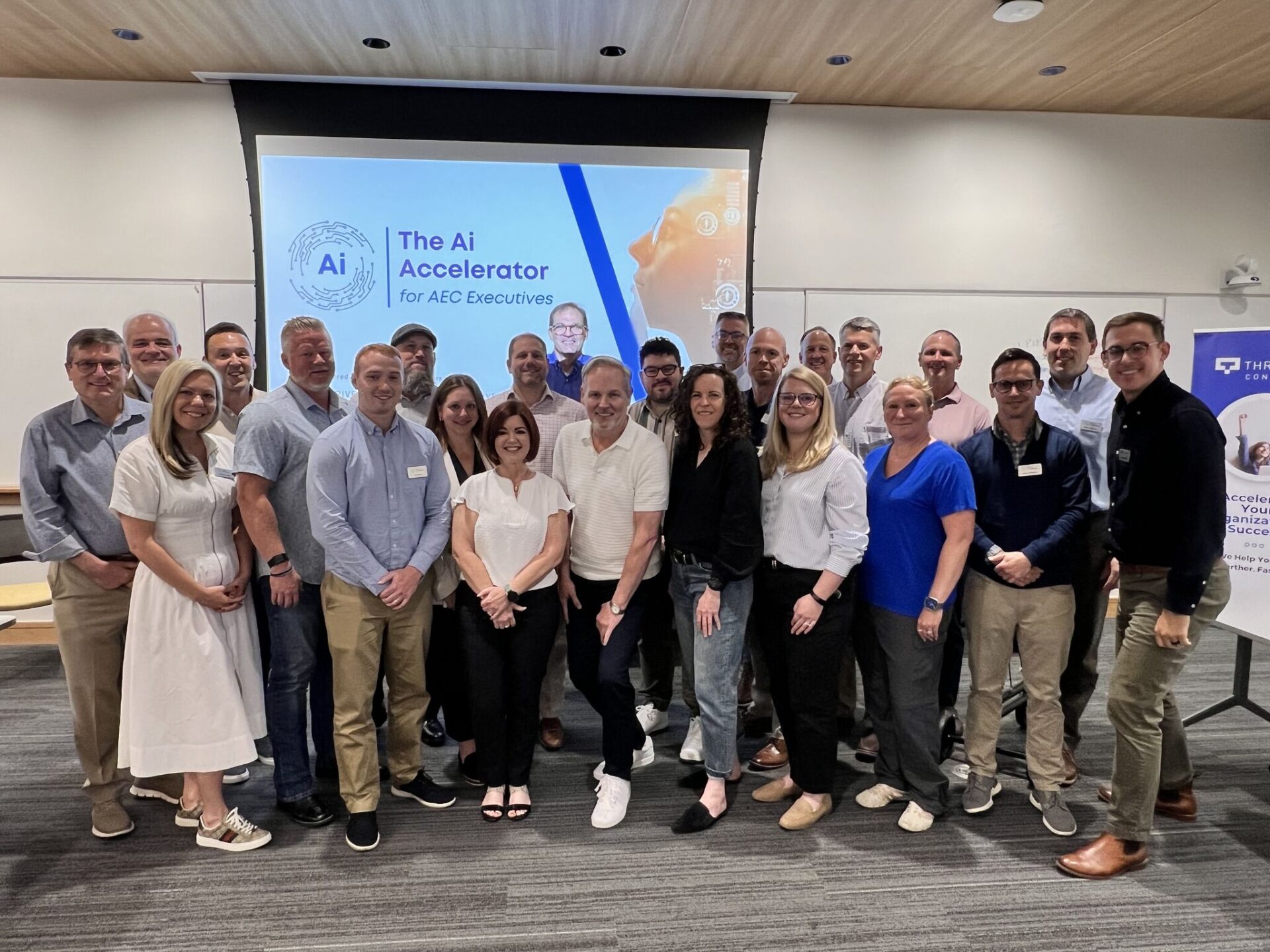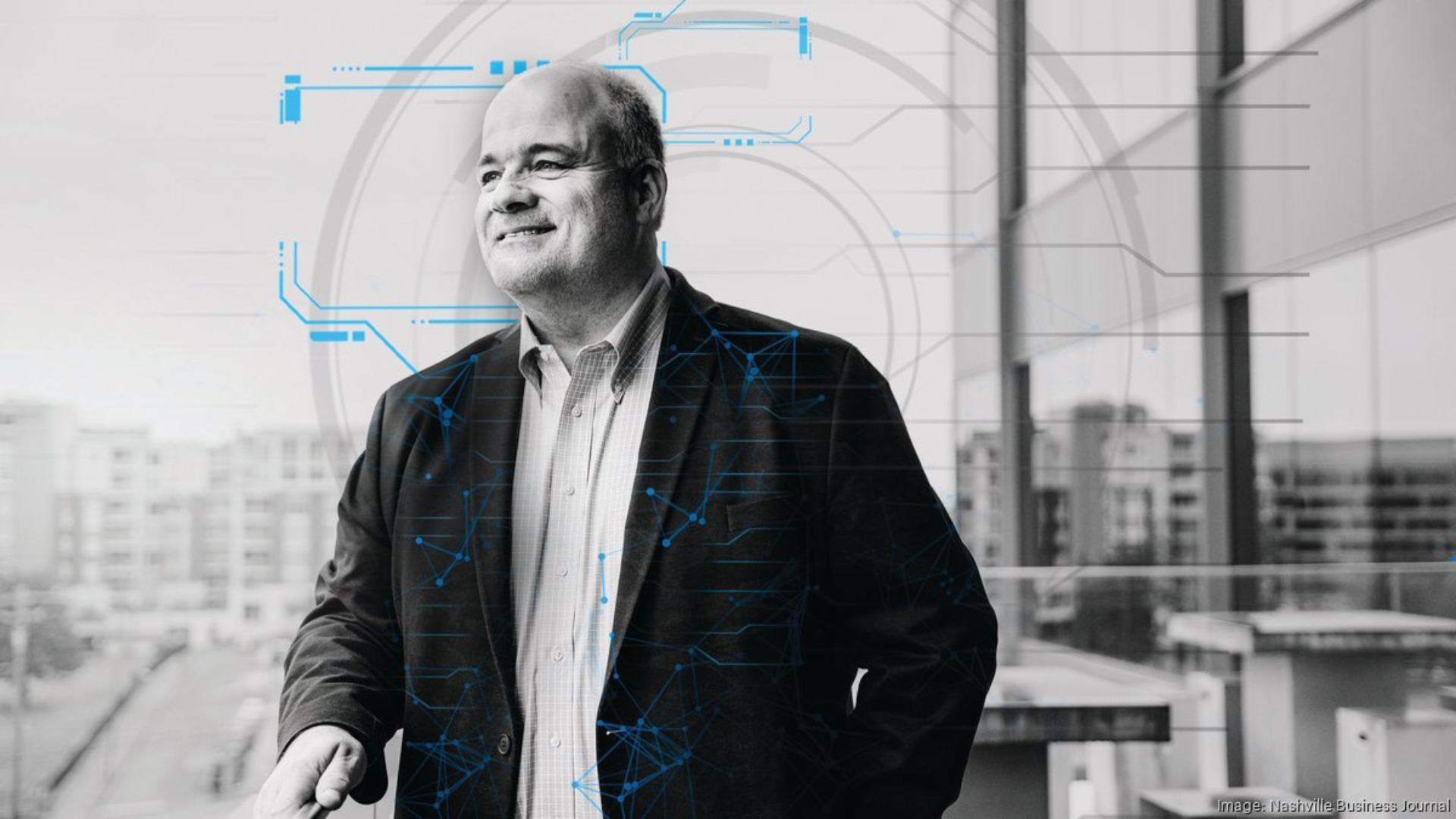How to Create a Culture of Innovation: Build New Bridges

by: John Lowry
In consulting engagements, I often tell leaders that before you bring a new idea to the table or as you go into a new company or organization to lead it, one of the very first things and most important things to do is to create an environment that will embrace change.
This is paramount because the world is going to change, and there’s a very good likelihood that the industries that we work in and the customers that we serve will change.
When Rivers Move
Let me give you an example with a village called Choluteca, Honduras.
I had the opportunity to go and visit this village and I lived there actually for about six weeks one summer. I was a student at Pepperdine University doing my undergraduate degree and I had Spanish requirements when frankly I wasn’t very good at Spanish. I struggled, and so as a result of that, what I decided to do was to go and do an immersion program.
There was a river that ran through the heart of this city and it was one of the largest rivers in Honduras. It was a massive waterway and the bridge that allowed people to travel over this river needed repair. It was old and probably had a lot of structural problems.
There was no way in the world that that bridge would pass an inspection, yet every day people were traveling over that bridge, and I had the opportunity to travel that bridge as well.
A couple of years later, Japanese engineers came in and as a humanitarian effort, built a new bridge for the people of Choluteca. It was a beautiful bridge, incredibly engineered, and well-constructed. It was going to be a bridge that would serve this town well for decades and decades to come. The most popular picture of that bridge is actually a picture of that very same bridge. And yet it’s an awkward picture. The bridge connects to nothing.

The Japanese engineers came in and they didn’t build the bridge in the wrong place. They actually built it in the right place and the bridge served the people very well for years.
However, in October of 1998, Hurricane Mitch hit the country of Honduras wrecking 35,000 homes, leaving 1.5 million people homeless, and causing approximately 7,000 deaths in the country due to catastrophic flooding. The President of Honduras estimated that the hurricane set back 50 years of economic development for the country.
When the hurricane dissipated and the water subsided, the land that the bridge connected that land eroded away. It wasn’t there anymore. The river that the bridge allowed people to travel over travel across actually moved.
“We Need a New Bridge”
What followed was interesting. The Japanese looked at that scene and they looked at it with a tremendous amount of pride. Those engineers who built the bridge were proud of their achievement because they built a bridge that survived the storm of the millennia.
This bridge couldn’t be taken out by a major hurricane and was an achievement from an engineering standpoint. But for the people of Honduras, when they saw that scene or when they got to the end of that road needing to cross, they said “we need a new bridge.”
This is a metaphor for what’s going on in the world today.
This is a metaphor for why innovation is so important, and it is a challenge for us as leaders.
How can you be ready to receive new ideas in your organization and take them through a process that will allow them to be successful?
The world is no different from Choluteca.
Whether you’re in healthcare, education, business, economics, or social services, whatever it is, the reality is it will change. Change will be brought on by pandemics, natural disasters, new technology, or human behavior.
The bridges that we are building or the bridges that we have built in the past, in many cases, those bridges are obsolete and we have customers, clients, students, and patients and many others who are looking to us saying, “we need a new bridge.”
An Invitation Into the Tension of Innovation
The tension we experience is innovation requires change.
People hate change.
But they’re more open to the idea of innovation.
How is it that we can create an environment of innovation?
How can we invite people into this process to where they can get so excited about what the future holds that they can put aside their resistance to change for just a minute? This is where leadership becomes vital.
For example, Harvard Business School recently found that change is actually under-communicated by about 10x. What that means is there’s a moment of change, and there’s a leadership team that is leading that change, and the reality is, they need to do 10 times as much communication as they are doing in order for that change to be successful.
Take healthcare, for example. Healthcare has moved to digital records and medical records now are almost fully digital. This wasn’t the case 10 or 15 years ago. And yet, what healthcare is experienced is that the technology works. Technology makes a difference, but the biggest challenge that health care institutions have as it relates to digital transformation and using technology in more elaborate ways is for people to actually use it; for people to actually input the data or for people to actually use that as the communication method with patients.
How might we as leaders prepare our people intellectually, practically, and emotionally, to embrace a new idea?
As a leader, you can lay the foundation for healthy change and innovation by simply developing two lists. First, list what is going right and what you’re proud of. Do not minimize these things, but celebrate them. Next, list the items in your organization or culture that can benefit from some improvement.
- What is it that you’re doing right in your company or organization? What is working?
- What should be improved and continued?
- Where do we need to create more value?
- Where do we need to simply get better in terms of serving our customers?
- Where is it that you need to get ahead?
- How might you think differently?
Want more help with creating a culture of innovation? Be sure to check out our podcast “Leading Innovation” every week.



